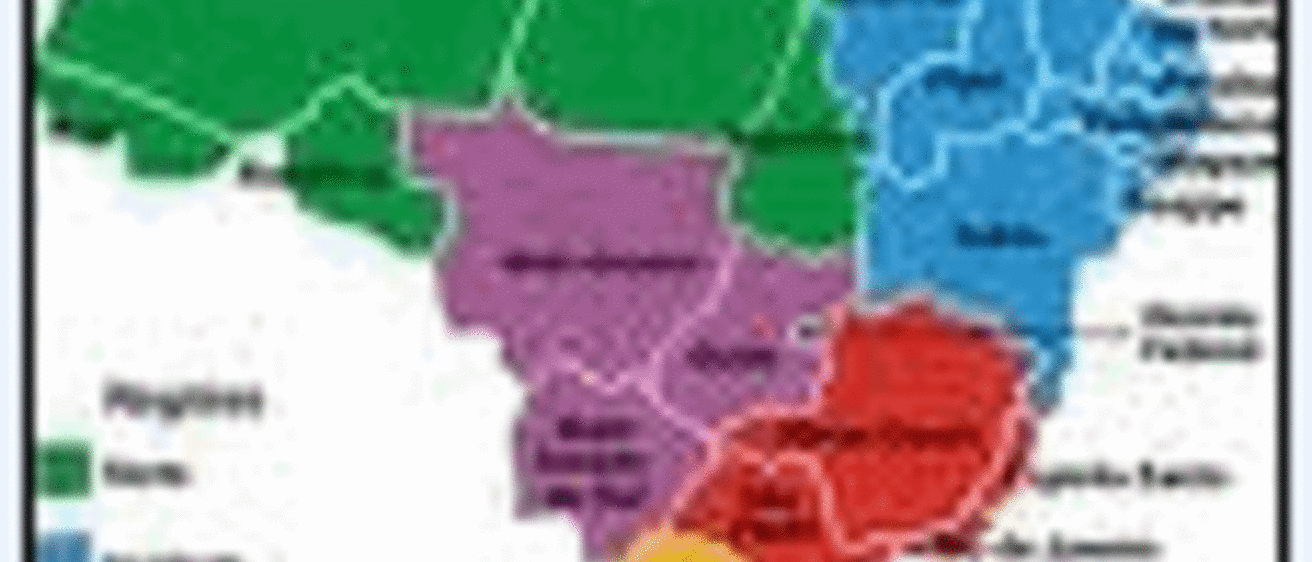Evaluations in development economics and regional policy in general have historically been plagued by the so-called counterfactual. What would have happened anyway if the event had not occurred or the policy had not been adopted? Richard Funderburg’s current research tackles this tough issue. Ideally, we would want to examine the important outcomes in their current condition, and then turn back the clock, remove from history only the event or policy in question, and reexamine the outcomes in their altered condition. Any difference in outcomes between the two “worlds” would clearly be caused by the policy or event. Of course we can’t do that so our best alternative is to find a comparable group similar in every respect to the studied group, except that the control group did not experience the intervention. Two of Richard’s current projects illustrate this concept.
How much do private manufacturing firms in Brazil benefit from investment in human development? To answer this question, Richard is estimating the contribution to firm profits from public investments in education and health care. The relevant comparison group in this case are matched regions similar in every development respect, except different only in the levels of education and health investment. All else equal, lower total costs for firms in regions with large investments in human development would suggest firms capture some of the benefits from social policy in the form of higher worker productivity.
Are local sources of intermediate inputs to production an important consideration in the location of manufacturing plants in southern California? Richard addresses this question by estimating the probability that a pair of plants in a trading industry cluster are situated any given distance apart. In this case, the relevant comparison group includes all viable sites zoned for manufacturing. But there are many more “potential” sites than plants in an industry cluster, so how do we decide which sites to use for comparison? Through repeated random sampling, Richard simulates 1,000 counterfactuals of what the probability density would look like if plants in the industry cluster had chosen their locations randomly. A cluster’s probability density that is much greater at short distances than expected under randomness suggests that interindustry trade linkages are an important consideration in the location of plants.
